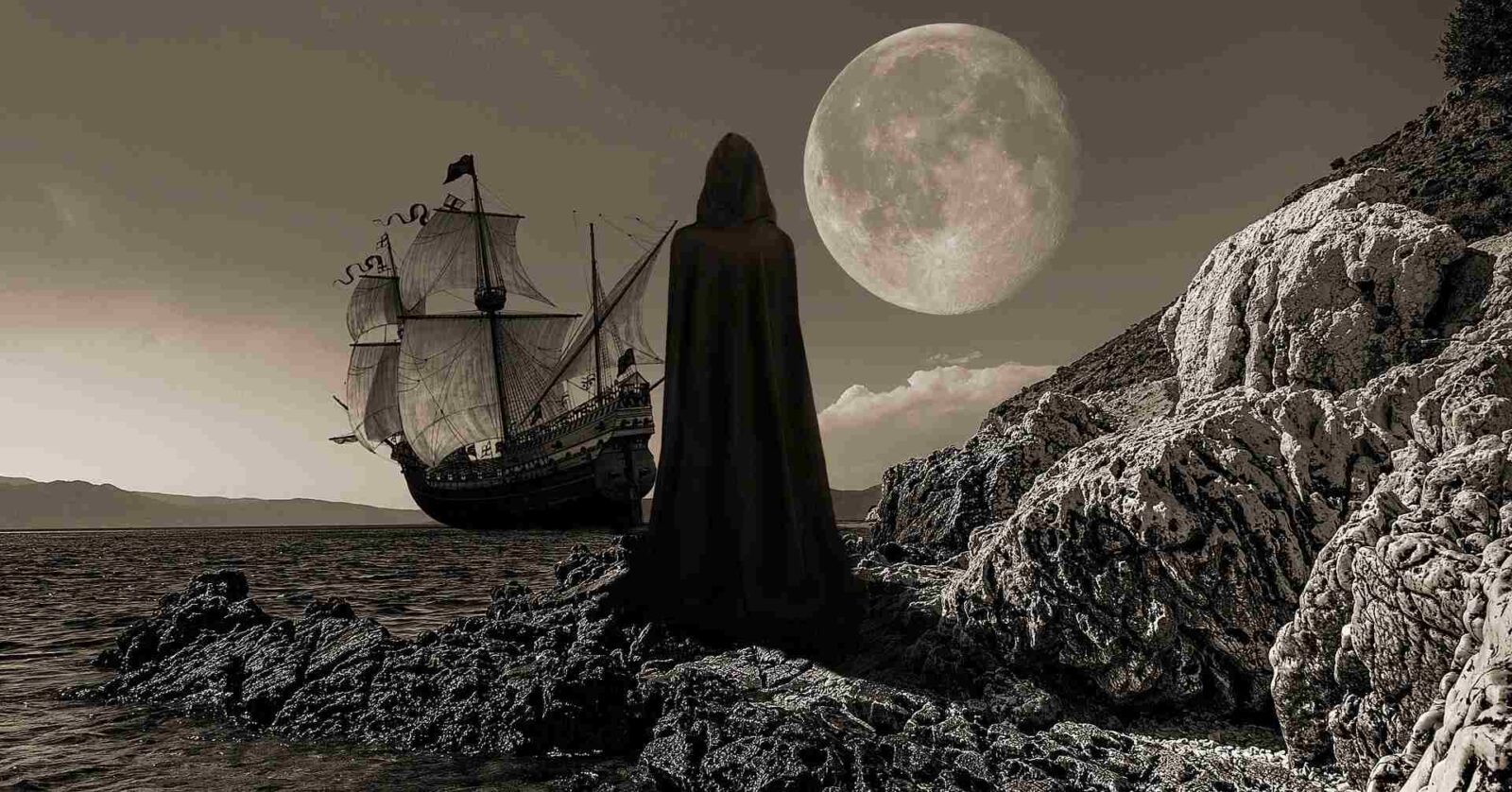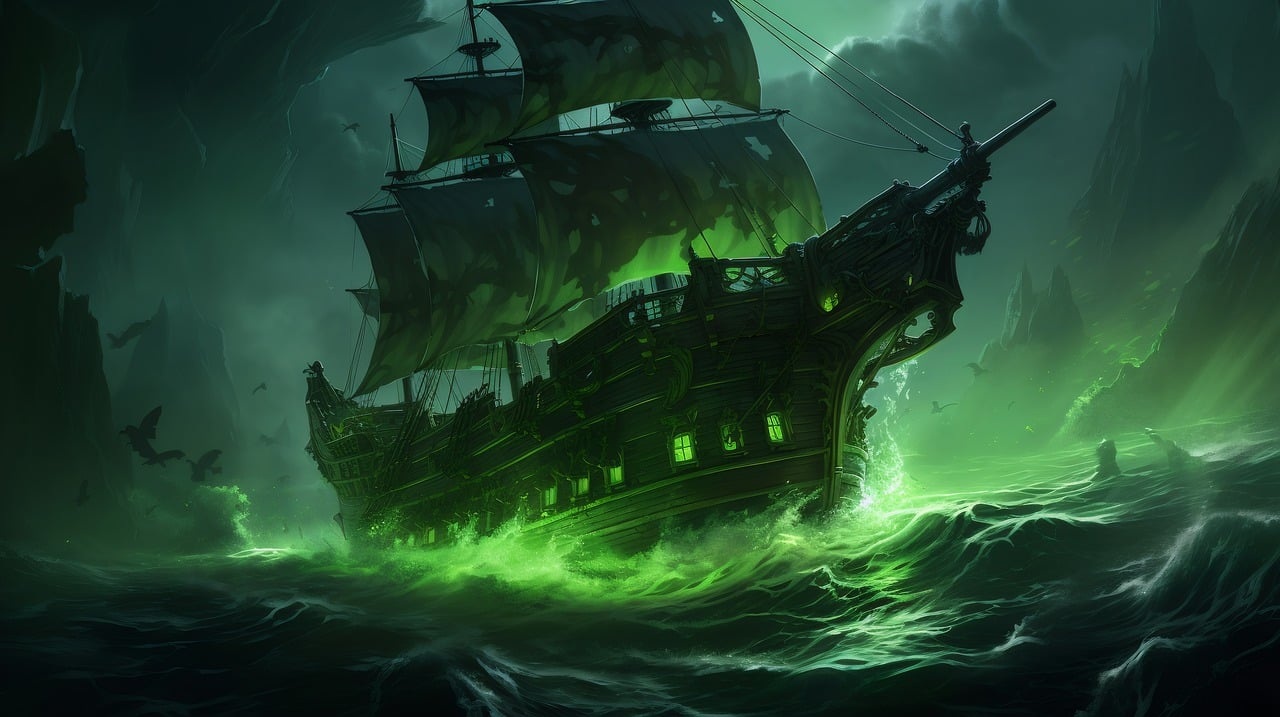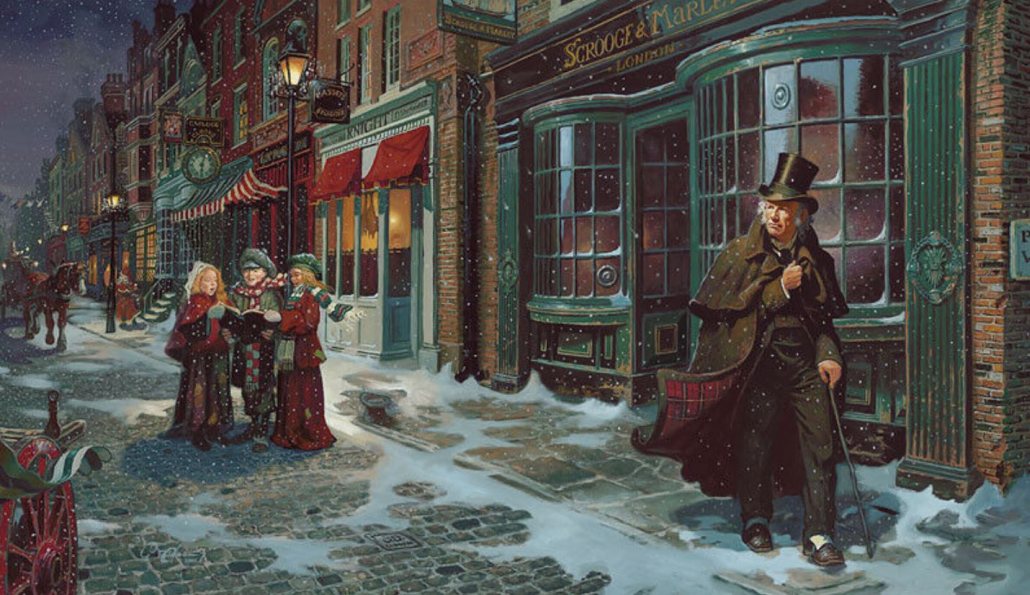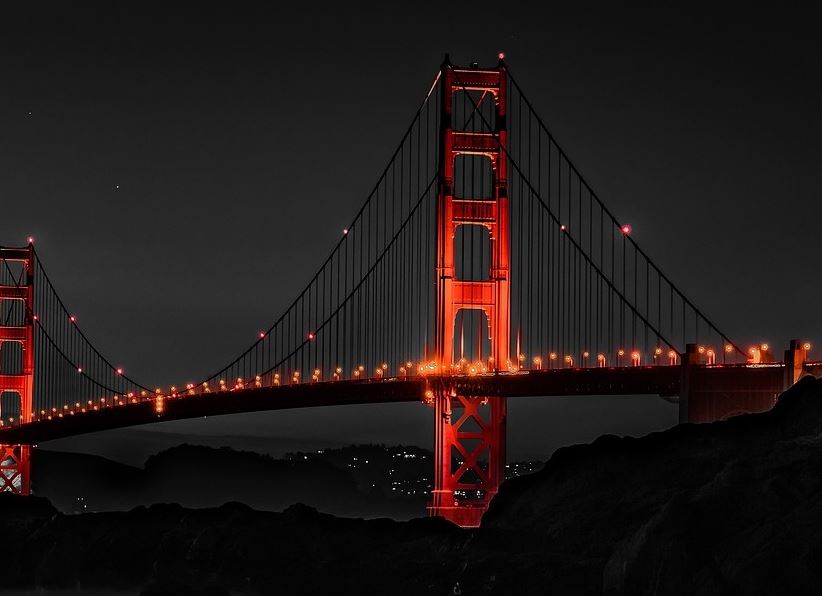
The sea has long been a canvas upon which humanity has painted its greatest adventures, triumphs, and tragedies. Amidst the waves, amidst the wind, there exists a legend that has captured the imaginations of sailors and storytellers for centuries: The Flying Dutchman. This spectral ship, cursed to wander the oceans for eternity, embodies the mysteries and fears of the open sea. In this article, we delve deep into the lore, history, and cultural impact of that ocean craft.
Origins of the Legend
The legend of The Flying Dutchman finds its roots in maritime folklore, steeped in the traditions of sailors and seafarers. The earliest known references to the tale date back to the 17th century, a time when maritime exploration and trade dominated the world’s oceans. According to the legend, it was a ghost ship doomed to sail the seas forever, unable to find rest or harbor.
One of the earliest written accounts appear in the journal of a British sailor named George Barrington in 1795. Barrington recounted a chilling encounter with the ghostly vessel during a voyage near the Cape of Good Hope. His tale, filled with eerie details and vivid imagery, sparked widespread interest in the legend and helped solidify its place in nautical lore.
The Curse and Tragic Fate
The tale of that special watercraft is a legendary maritime ghost story that has captured the imagination of sailors and storytellers for centuries. At the heart of this legend is the cursed captain of the ghost ship, condemned by the devil to sail the seas for eternity.
The story goes that the captain of the Dutch merchant vessel, the Flying Dutchman, was a proud and stubborn man who dared to challenge the fury of the sea. His name was often said to be Captain Hendrick van der Decken, although variations of the story exist with different names and details.
Legend has it that Captain van der Decken set sail from the Netherlands to the East Indies with a valuable cargo aboard his ship. However, as his vessel rounded the treacherous Cape of Good Hope at the southern tip of Africa, it encountered a fierce storm. Despite the warnings of his crew and the perilous conditions, Captain van der Decken defiantly swore an oath to the devil himself, vowing to navigate the passage even if it meant sailing until doomsday.
In response to his arrogance and blasphemy, the devil cursed the Captain and his crew, condemning them to forever roam the seas without rest. From that day forward, their ship became a ghost ship, doomed to sail the ocean waves for all eternity, appearing as a spectral apparition to unlucky sailors who crossed its path.
According to the legend, the Dutchman is said to appear as a ghostly vessel shrouded in mist and illuminated by an eerie glow. Some accounts describe it as a phantom ship with tattered sails, while others speak of a ghostly crew endlessly laboring on its decks.
Throughout the centuries, countless sailors have claimed to have witnessed the haunting sight of the Flying Dutchman, often as an omen of impending doom or misfortune. Despite attempts by brave sailors to rescue the cursed captain and his crew, the ghostly ship always vanishes into the mist, leaving behind only whispers of its eternal torment.
The tale of that spectral sailing vessel serves as a cautionary reminder of the dangers of arrogance and the unforgiving power of the sea. It is a story that has been passed down through generations, inspiring countless works of literature, art, and folklore, and continuing to capture the imagination of those who dare to venture into the unknown depths of the ocean.

Central to the legend of that supernatural schooner is the curse that is said to haunt the ship and its crew. According to various versions of the tale, its captain, Hendrick van der Decken, defied the will of the gods and attempted to navigate through treacherous waters during a violent storm. In doing so, he sealed his fate and that of his crew, condemning them to roam the seas for eternity. Most of the other forms of the story mentioned the captain of the sea vessel defied the command of the Devil: Satan who then caused the ship, its captain and the rest of the crew to sail the waters of the earth forever.
The curse of The Flying Dutchman is often portrayed as a punishment for the captain’s arrogance and hubris, a reminder of the dangers of pride and recklessness at sea. Over the centuries, countless sailors have claimed to have seen the ghostly vessel, its tattered sails billowing in the wind as it drifts through the mist-shrouded waters.
Reports and accounts of people claiming to have seen the famous legendary ghost ship, have been part of maritime folklore for centuries. These stories often originate from sailors and seafarers who spend long stretches of time at sea, where tales and superstitions flourish.
Many of the sightings of it have been described as eerie and mysterious encounters. While the authenticity of these sightings is debatable, they have contributed to the mystique and allure surrounding the legend of the ghostly vessel.
One famous account of a supposed sighting was documented by King George V of the United Kingdom, who, as Prince George, was aboard HMS Bacchante in 1881 during a world tour. According to the story, the prince and his crew allegedly witnessed the phantom ship off the coast of Australia. This account, although widely publicized, remains unverified and subject to skepticism.
Another notable report comes from the 19th-century British novelist Frederick Marryat, who served in the Royal Navy. Marryat claimed to have seen the Dutchman while aboard the HMS Fantome in 1835. His account describes a spectral ship with tattered sails and ghostly crewmen.
Throughout history, numerous sailors and travelers have claimed to have seen it in various parts of the world, often in regions known for treacherous waters or adverse weather conditions. These sightings have become part of maritime lore, fueling the enduring legend of the doomed ship condemned to wander the seas for eternity.
While many sightings of the ghostly sea voyager are likely products of sailors’ imaginations, they reflect the psychological effects of isolation, exhaustion, and the haunting vastness of the open ocean. The legend continues to captivate imaginations and inspire stories, poems, operas, and films, ensuring its place in maritime folklore for generations to come.
Variations and Adaptations
Like many enduring legends, the story of The Flying Dutchman has undergone numerous variations and adaptations throughout history. From folk songs and oral traditions to literature and popular culture, the tale has inspired artists, writers, and musicians across the globe.
“The Flying Dutchman” is a legendary ghost ship that has inspired numerous writers and artists throughout history. While the tale itself has its roots in maritime folklore, various authors have drawn inspiration from its themes of eternal punishment, redemption, and the supernatural. Here are some authors who have been influenced by the legend of the Flying Dutchman:
- Richard Wagner: Perhaps the most famous adaptation the legend is Richard Wagner’s opera titled “The Flying Dutchman” (Der fliegende Holländer), first performed in 1843. Wagner’s opera and music is one of the most iconic interpretations of the tale. Wagner’s epic work brought the legend to the stage, blending elements of romance, tragedy, and supernatural intrigue to create a timeless masterpiece. The haunting overture and themes from the opera have become iconic in classical music.
- Heinrich Heine: The German poet Heinrich Heine wrote a short story titled “The Memoirs of Mister von Schnabelewopski” which includes a section on the legend of the Flying Dutchman. Heine’s work helped popularize the story in literary circles.
- Washington Irving: Irving, an American author best known for “The Legend of Sleepy Hollow” and “Rip Van Winkle,” incorporated elements of the Dutchman legend into his writings, particularly in his sea tales and sketches.
- Sigmund Freud: While not a writer of fiction per se, Freud, the Austrian psychoanalyst, referenced the Dutchman legend in his essay “Delusions and Dreams in Jensen’s Gradiva” (1907). He analyzed the psychological significance of the tale.
- Albert Pinkham Ryder: Though not a writer, Ryder was an American painter known for his mystical and allegorical artworks. He created several paintings inspired by the legend of the Dutchman, capturing its eerie and haunting aspects.
- Brian Jacques: The author of the “Redwall” series drew upon various folklore and legends for inspiration in his novels. While the Flying Dutchman might not be explicitly mentioned, Jacques’ fascination with maritime folklore suggests that elements of such tales could influence his writing.
- Neil Gaiman: Gaiman, known for his fantastical storytelling, draws from a wide array of mythologies and folklore in his works. While there isn’t a direct reference to the Flying Dutchman in his writings, the themes of immortality, curses, and otherworldly entities resonate with elements of the legend.
These authors and artists, among others, have contributed to the enduring legacy through their creative interpretations and adaptations of the legend.

Cultural Impact and Symbolism
The enduring appeal of the Dutchman lies not only in its thrilling narrative and supernatural elements but also in its broader cultural significance and symbolism. As a symbol of the restless wanderer, the cursed ship represents humanity’s eternal quest for redemption and salvation, a journey fraught with peril and uncertainty.
Moreover, this icon serves as a potent metaphor for the mysteries of the sea itself, with its boundless depths and untold dangers. In the vast expanse of the ocean, where storms rage and currents shift unpredictably, the line between reality and myth becomes blurred, and the imagination takes flight.
In popular culture, the legend has been depicted in various forms, from movies and television shows to video games and comic books. Its haunting presence continues to captivate audiences of all ages, reminding us of the power of storytelling to transcend time and space.
- Literature: The earliest known reference to the Flying Dutchman is in a 1790 nautical logbook. However, it gained significant literary prominence through the works of authors like Washington Irving and Frederick Marryat. In Marryat’s novel “The Phantom Ship” (1839), the legend of the cursed ship is vividly depicted, influencing subsequent literary portrayals.
- Art: The image of the spectral ship shrouded in mist and sailing endlessly has been captured in various paintings and artworks, symbolizing themes of isolation, damnation, and the persistence of the human spirit.
- Film and Television: The Flying Dutchman has appeared in numerous films and television shows, often as a supernatural element or as a central plot device. One of the notable appearances is in Disney’s “Pirates of the Caribbean” film series, where the character Davy Jones and in later Disney versions as Jack Sparrow, captains a ghostly vessel, called The Black Pearl, formerly known as The Wicked Wench, which are reminiscent of the legend
- Video Games: The inspiration of the tale has also influenced video game narratives. In games like “Assassin’s Creed IV: Black Flag” and “Sea of Thieves,” players encounter variations including Dutchman mythos, adding depth to the game worlds and quests.
- Folklore and Urban Legends: Beyond specific works of art or media, the Dutchman has become ingrained in global folklore and maritime superstitions. Sailors have recounted sightings of ghostly ships throughout history, contributing to the enduring mystique of the legend.
Overall, the Flying Dutchman continues to captivate audiences with its eerie tale of eternal wandering and the consequences of defying the forces of nature. Its adaptability across various forms of media reflects its timeless appeal and enduring place in popular culture.
Conclusion
In the annals of maritime history, few legends loom as large or as mysterious as that of The Flying Dutchman. From its humble origins in oral tradition to its enduring presence in literature and popular culture, the tale of the ghostly ship and its cursed captain has captured the imaginations of generations past and present.
As we gaze out upon the vast expanse of the ocean, we cannot help but wonder what secrets lie hidden beneath the waves. Perhaps, somewhere out there, amidst the wind and the waves, The Flying Dutchman continues to sail, a silent witness to the timeless majesty and mystery of the sea.


